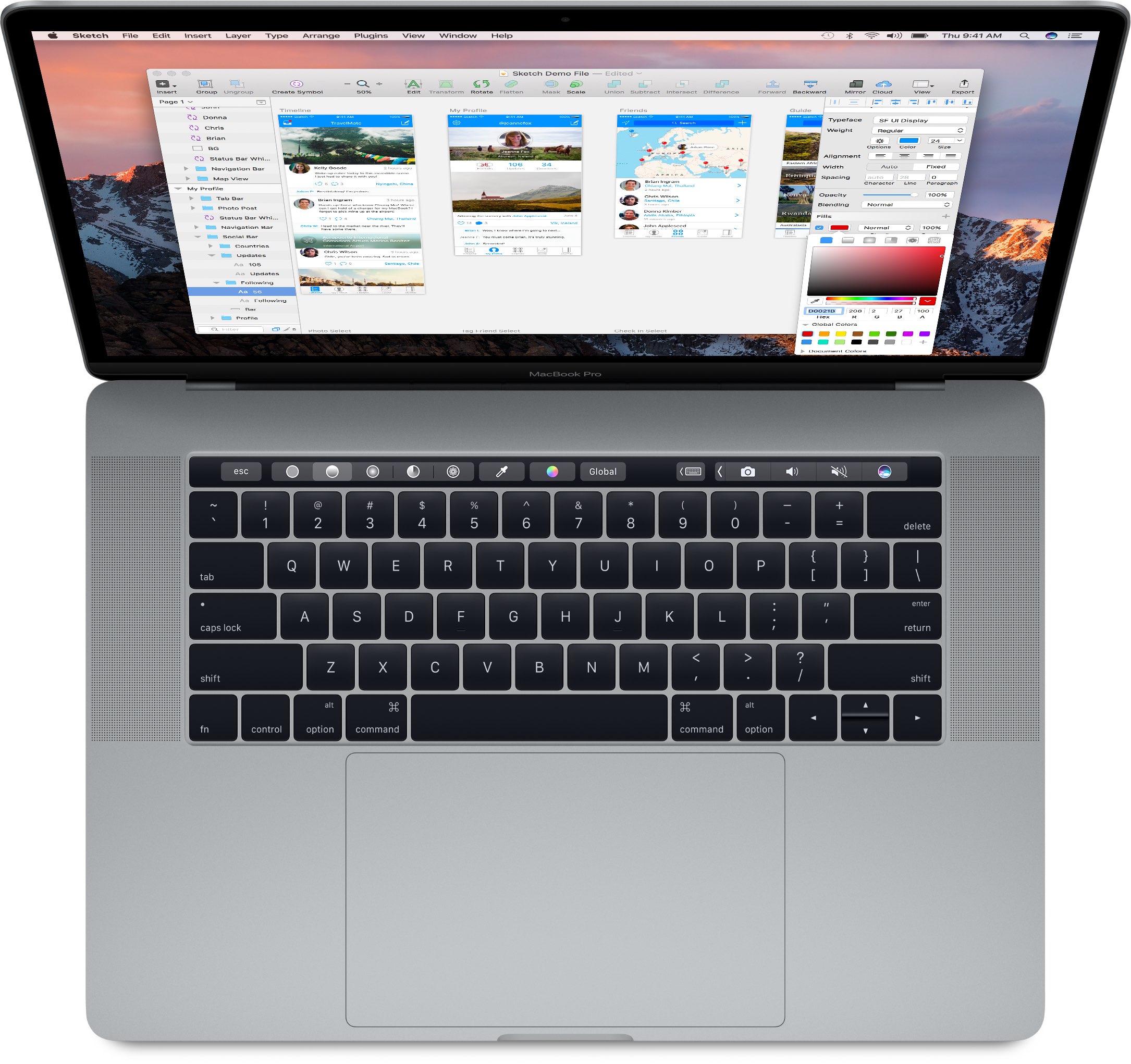

With its new MacBooks, Apple retained functionality that customers are comfortable with in a traditional clamshell form factor while incorporating touch in a limited, but useful way, according to Alexander. "The Touch Bar and larger trackpad reinforce this sense that Apple thinks you want to interact with your laptop while keeping your hands down rather than constantly reaching up and touching the screen."
OFFICE FOR MAC TOUCH BAR FULL
"Whereas Microsoft this week reemphasized its touch displays for Windows PCs with the Surface Studio, Apple reserves full touch displays for its iOS devices and focuses on the horizontal plane when it comes to interaction with Macs," wrote Jan Dawson, chief analyst and founder of Jackdaw Research, in a research note. The separation between Mac computers and iOS mobile devices is notably different from the way Microsoft and Google approach touch technology. Apple path veers away from Google, Microsoft strategies

"This gives a blend between relying on the mechanical piece for something that works really well, that people are very comfortable with, while giving you that enhancement of the Touch Bar" to add new functionality, she says. Rhoda Alexander, director of tablet and PC research at IHS, says the Touch Bar follows Apple's methodical approach to innovation, and it shouldn't drastically change the ways customers use MacBooks.

The strategy could be viewed either as a middle-of-the-road approach or a deliberate step toward its vision for the future of computing. The new feature is also another example of Apple's decision to mix the core experiences of iOS and macOS. Called Touch Bar, it's the most noteworthy addition to Apple's premium notebooks in years and could be an early indicator of the company's plans to bring more touch functionality to MacBooks. Apple yesterday introduced a touch-enabled and dynamic input strip for its line of MacBook Pro laptops.


 0 kommentar(er)
0 kommentar(er)
